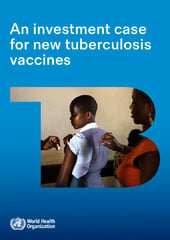What we do
Members of this theme are primarily based in the TB Modelling group. More detailed information about group members and ongoing projects can be found there.
The focus of this theme is to use mathematical and statistical models to better understand the natural history and epidemiology of tuberculosis (TB), and to improve the contribution of TB modelling to policy decisions and implementation.
Apart from publishing in the field of TB, the group is actively contributing to key policy decisions and implementation work. Recent work includes the development of a WHO policy brief on TB vaccines, important changes to our understanding of TB natural history, setting the WHO post-2015 targets for TB control, and co-coordinating the development of new TB modelling tools for use by stakeholders including National TB Programmes, the Global Fund and the Stop TB Partnership, to support TB planning and resource estimation.
The group also hosts the Secretariat of the TB Modelling and Analysis Consortium, a global collaboration aimed to improve the contribution of TB modelling to policy decisions and implementation.
Members of the theme meet on a weekly basis, Tuesdays 15:00-16:00, and all who are interested are welcome to attend (contact the theme coordinator for the location).
Contact

Finn McQuaid
Theme lead
An investment case for new tuberculosis vaccines
Members of our group contributed to this WHO-commissioned full value proposition for new TB vaccines. The report provided important early evidence to help decision-makers, policymakers, and other key stakeholders involved in TB vaccine to help accelerate vaccine development and implementation.

